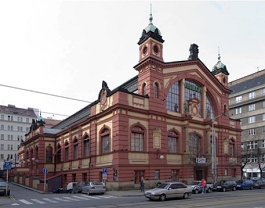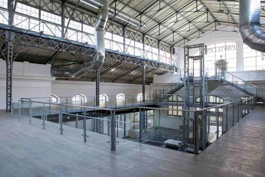
<historická vinohradská tržnice se otevírá jako centrum nábytku>Historical Vinohradská Market Opens as a Furniture Center</historická vinohradská tržnice se otevírá jako centrum nábytku>
 |
"The pavilion has been struggling for the last seven or eight years," noted the mayor of the second district, Jana Černochová (ODS). In the early 90s, Prague 2 rented the building to Pavilon a.s. However, in recent years, it has struggled to attract visitors.
A new investor began renovating the pavilion in the spring with an emphasis on preserving original structural and historical elements. For example, windows have been uncovered, and the original functional engine room has been made accessible on the ground floor, around which art exhibitions and sales presentations of artworks will take place. The investor also plans social events related to significant developments in design creation.
"All of our activities aim for one goal. We want the pavilion to become a sought-after center for shopping and relaxation, where interior design merges with art," stated Martin Leitgeb, one of the investors.
 |
The sale of fruits, vegetables, and groceries remained in the market until the 1980s. Initially, sales ceased completely, and in 1986, a fire broke out there. Demolition of the building was even considered. "If it weren't for the Club for Old Prague, it wouldn't have been saved," commented Černochová. The club achieved that the Art Nouveau building was listed as a cultural monument.
In the early 90s, reconstruction began, resulting in a modern commercial gallery in the pavilion. Over time, it could not compete with newly emerging shopping centers.
The English translation is powered by AI tool. Switch to Czech to view the original text source.
0 comments
add comment










